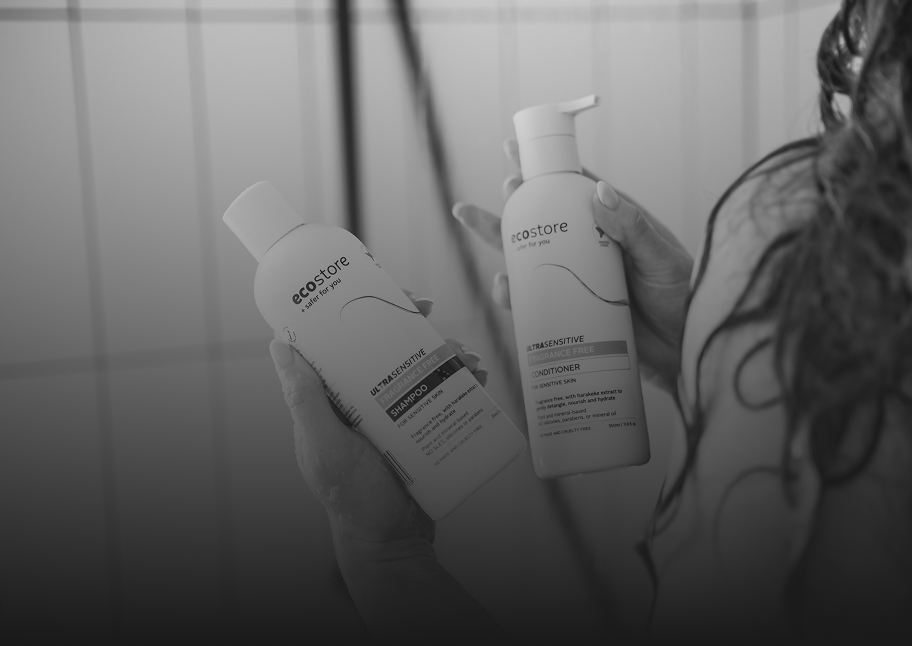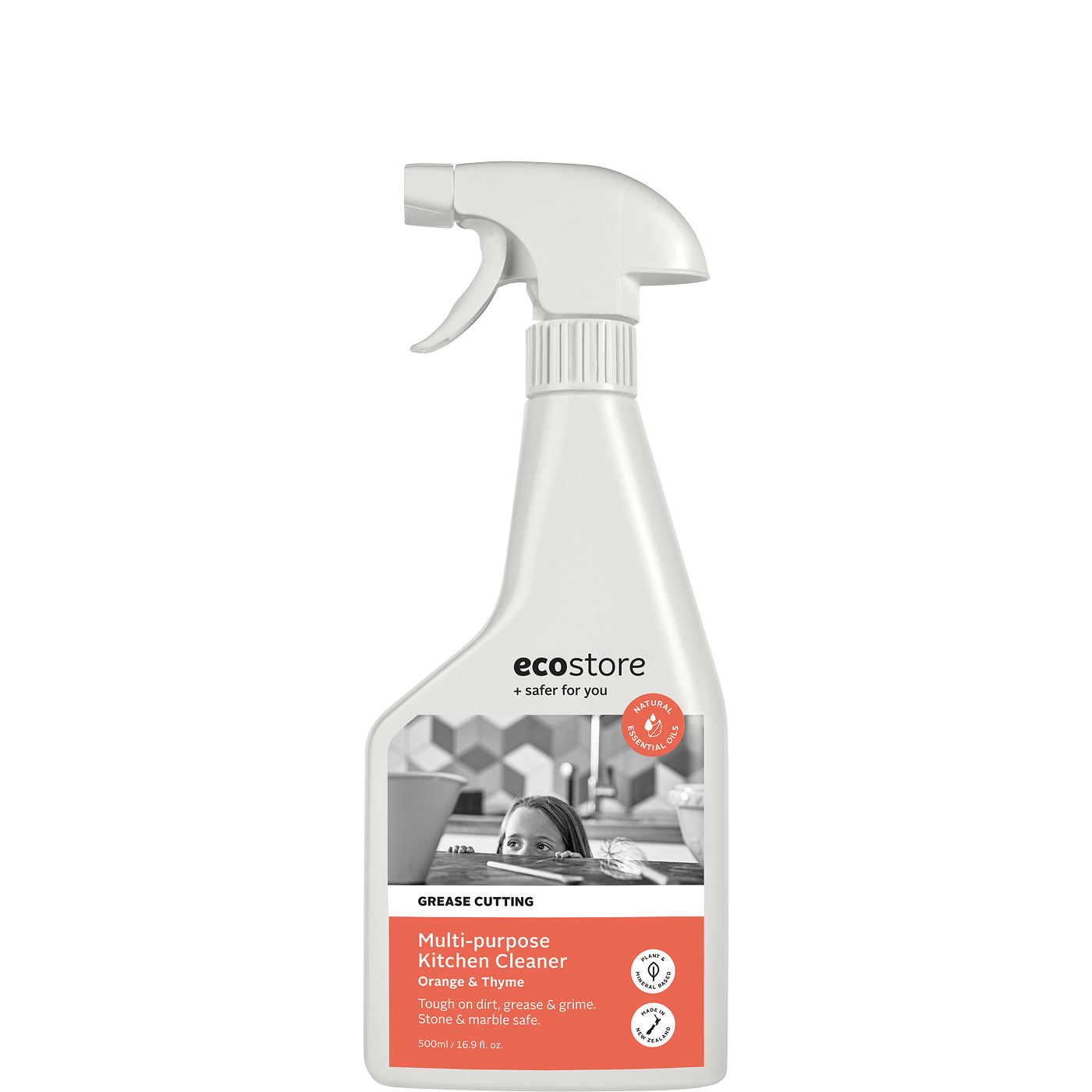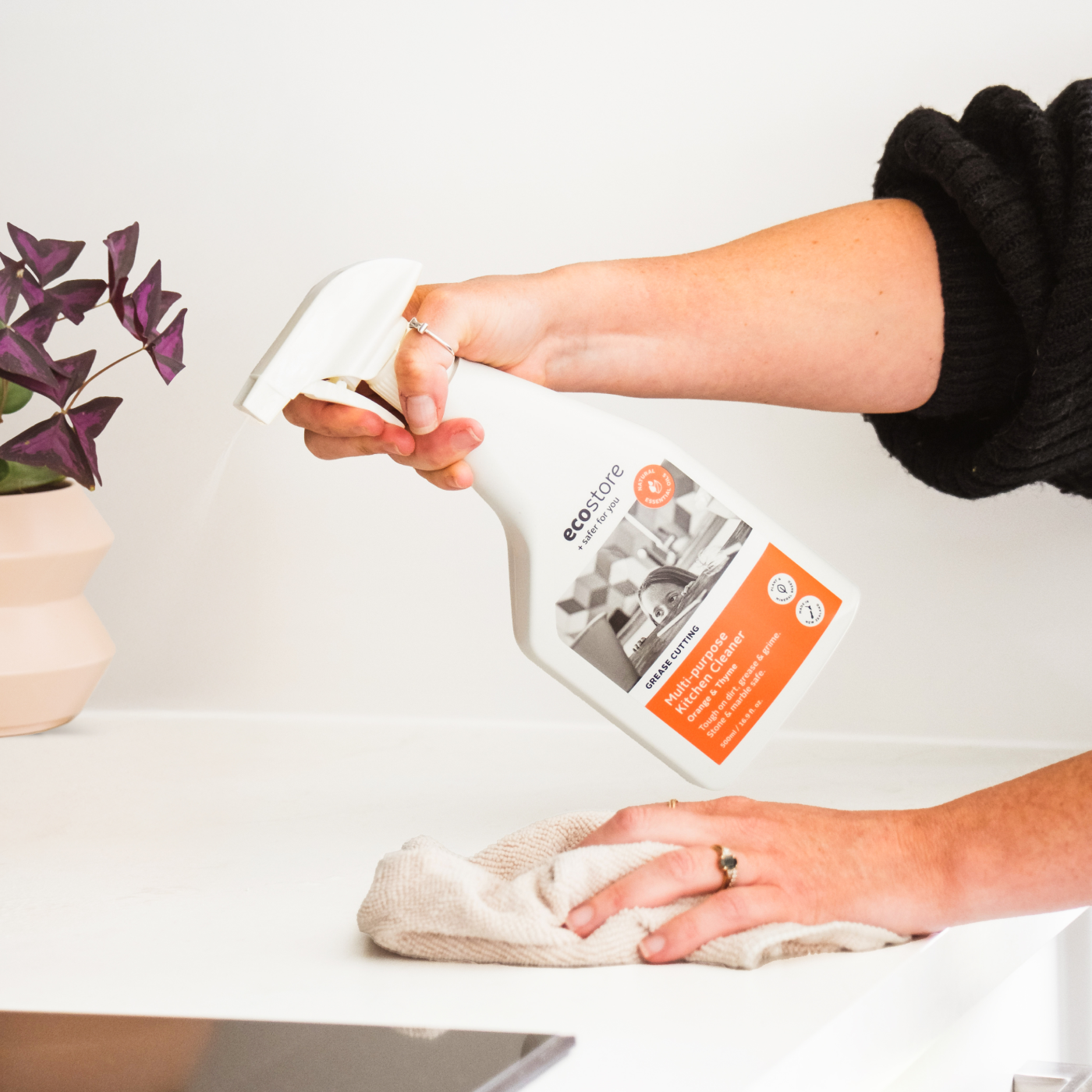Ingredient - Citral
Citral is an aromatic chemical, usually appearing as a clear liquid with a sharp lemon odour. This compound appears as a component of some of our fragrance blends.
Citral is a synthetic chemical produced for industry, however it can be found naturally in some plants and plant essential oils, such as orange (Citrus x aurantium), lemon myrtle (Backhousia citriodora) and lemongrass (Cymbopogon flexuosus). It has two isomers (molecules with identical formulas but distinct structures) known as Geranial (Citral A) and Neral (Citral B). This ingredient often appears in fragrances, either as a synthetic additive used to modify the fragrance, or as a natural component of the essential oils used in the fragrance. Interestingly, it has been shown to have some pheromonal effects in insects, and can be used by beekeepers to attract foraging honey bees to a particular location.
Studies indicate a small percentage of people can be sensitive to this ingredient, which is why we list in when it's detected in our fragrances, though it only appears at very low concentrations, within the safe use defined by the International Fragrance Association (IFRA). The IFRA is a self-regulatory representative body of the fragrance industry, dedicated to promoting the safe use of fragrances.
Other names: C10H16O; 3,7-Dimethyl-2,6-Octadienal
Chemical class: Aldehydes
REFERENCES
D.A. Shearer, R. Boch. Citral in the Nassanoff pheromone of the honey bee. Journal of Insect Physiology, Volume 12, Issue 12, 1966, Pages 1513-1521, ISSN 0022-1910, https://doi.org/10.1016/0022-1910(66)90041-2.
Robert Tisserand, Rodney Young. 5 - The skin. Editor(s): Robert Tisserand, Rodney Young, Essential Oil Safety (Second Edition), Churchill Livingstone, 2014, Pages 69-98, ISBN 9780443062414, https://doi.org/10.1016/B978-0-443-06241-4.00005-9.
Canan Ece Tamer, Senem Suna, Gülşah Özcan-Sinir. 14 - Toxicological Aspects of Ingredients Used in Nonalcoholic Beverages. Editor(s): Alexandru Mihai Grumezescu, Alina Maria Holban, Non-Alcoholic Beverages, Woodhead Publishing, 2019, Pages 441-481, ISBN 9780128152706, https://doi.org/10.1016/B978-0-12-815270-6.00014-1.
International Fragrance Association Standard (2020). Citral. Retrieved on October 6, 2021 from https://ifrafragrance.org/standards/IFRA_STD_021.pdf
National Center for Biotechnology Information (2021). PubChem Compound Summary for CID 638011, Citral. Retrieved October 6, 2021 from https://pubchem.ncbi.nlm.nih.gov/compound/Citral.
Free shipping on orders over $130
Love me or your money back guarantee
Ingredient - Citral






